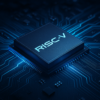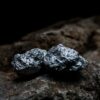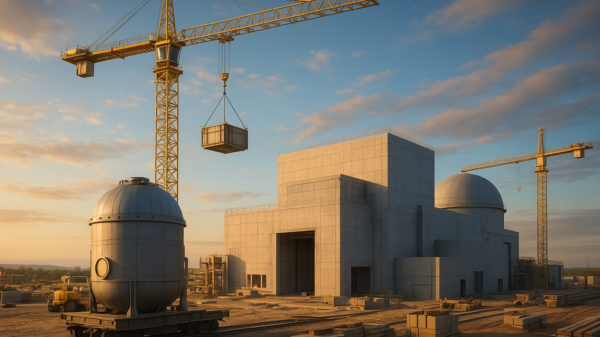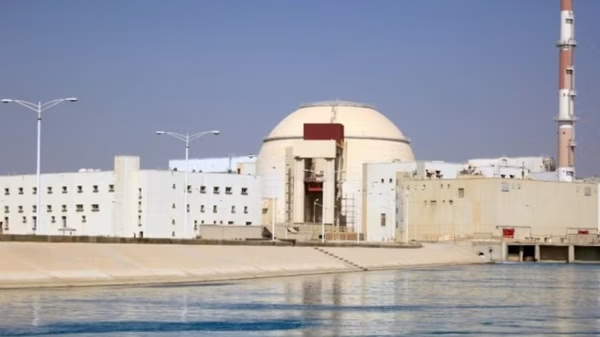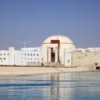Rolls-Royce Holdings PLC (LON: RR), a major aerospace engineering company unrelated to BMW’s luxury car line, has developed a concept model of a miniature nuclear reactor intended to be used for a future Moon base.
Last week, the power and propulsion solutions company unveiled the model at the United Kingdom Space Conference in Belfast, Northern Ireland. Rolls-Royce obtained C$4.25 million from the UK Space Agency for its development in March and says the technology presented at the conference is a culmination of research completed this year.
“This funding has enabled crucial research and development of technologies that bring us closer to making the Micro-Reactor a reality,” said Rolls-Royce’s Director of Future Programmes, Abi Clayton. The UK Space Agency has committed C$74.8 million to companies developing communication and navigation services needed for travel to the Moon.
The company intends to send one of the reactors to the Moon in the early 2030s. Other partners that have been helping to develop the technology include the University of Oxford, the Nuclear Advanced Manufacturing Research Centre, Bangor University, The Welding Institute, Loughborough University and the University of Sheffield.
“This innovative research by Rolls-Royce could lay the groundwork for powering continuous human presence on the Moon, while enhancing the wider U.K. space sector, creating jobs and generating further investment,” said Paul Bate, Chief Executive of the UK Space Agency.
We unveiled our Space Micro-Reactor concept model at last week’s UK Space Conference, laying the groundwork for the habitation and exploration of planetary surfaces and powering spacecraft.
Find out more: https://t.co/YxOrYhbZDI#MicroReactor #space #nuclear pic.twitter.com/lAFXa7UHko
— Rolls-Royce (@RollsRoyce) December 4, 2023
Read more: ATHA Energy defines 18 high-priority prospective mining targets after EM survey
Read more: ATHA Energy aerial surveys over Athabasca Basin reveal strong potential for uranium
Nuclear-powered space exploration, a growing trend
Earlier this year, the United States government and NASA selected the aerospace technology company Lockheed Martin (NYSE: LMT) to develop a nuclear-powered spacecraft powered by high-assay low-enriched uranium.
“This is a prime technology that can be used to transport humans and materials to the Moon,” said Kirk Shireman, Vice President of Lunar Exploration Campaigns at Lockheed Martin Space in June.
Lockheed was awarded US$33.7 million by the U.S. Air Force Research Laboratory for continued development of nuclear-powered spacecraft technologies last month.
NASA and the U.S. Department of Defense selected Westinghouse Electric and the private space robotics technology company Astrobotic to develop microreactor technology for use in space this June too. Westinghouse is developing a smaller version of its 5-MWe eVinci reactor to power spacecraft destined for the Moon or Mars.
Rolls-Royce produces engines for major commercial and military aircraft. The company did a test run of a hydrogen-powered jet engine in partnership with the British airline easyJet plc (LON: EZJ) last fall.
The company was established by Henry Royce in 1884.
In 2021, Rolls-Royce established a series of decarbonization goals. They include reducing the emissions of all products by 35 per cent before the end of the decade and increasing the amount of capital allocated to research and development of net-zero technologies by 75 per cent within the next two years.
rowan@mugglehead.com


